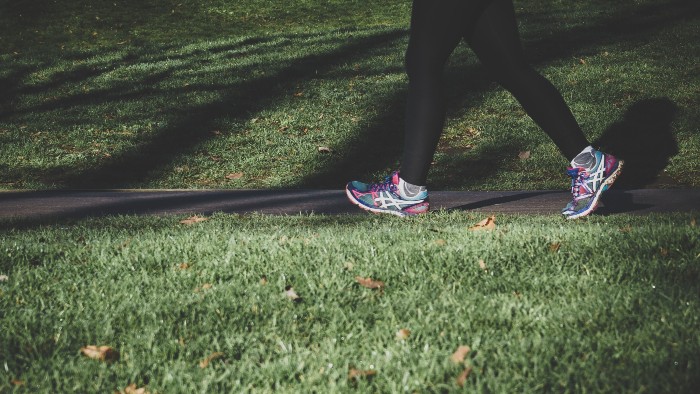In response, the Health Secretary Wes Streeting has outlined three critical changes to help improve our nation’s healthcare system: moving care from hospital to community; transitioning from analogue to digital; and evolving from treatment to prevention.
The ‘pivot to prevention’ is something previous governments have attempted to achieve, without much success.
In his report Lord Darzi said the government should ‘make healthy life expectancy a central focus of everything they do’ – with aspirational long-term health targets similar to those on climate change.
Healthy and Active 100 is one of the major themes of research at Sheffield Hallam University’s Advanced Wellbeing Research Centre which I lead. Our research is focused on how the physical activity system can help drive these changes and reshape our nation’s health and wellbeing, helping people to live well for longer.
John Tinniswood was born in August 1912, in Liverpool in the North West of England. John was recently recognised by the Guinness World Records as the world’s oldest man at 112. His remarkable longevity underscores the potential for human life expectancy. What is perhaps more remarkable about John, is the fact that he has lived to 112 in the context of stark inequalities in healthy life expectancy that exist in post-industrial cities in the North of England, including Leeds and Sheffield.
For example, a child born today in Liverpool can expect to live in good health for 56 years, only half of John’s total life. If the same child was born in Windsor, they could expect 70 years of healthy life. This disparity reflects broader socio-economic inequalities, such as poor housing, access to quality education and high value jobs but research also suggests that 20-30% of this variation in healthy life expectancy can be attributed to physical activity levels.
The evidence supporting the benefits of a physically active lifestyle is well established and compelling, with a simple message across the lifespan that ‘some is good, more is better’. Children who have positive, movement-rich experiences as they grow up have better educational outcomes, are more likely to be employed and take greater control of their health and wellbeing as adults.
As people age, we know that physical activity can help prevent and manage many non-communicable diseases including type 2 diabetes, stroke, heart disease and some types of cancer. Strength exercises and cardiovascular fitness in midlife are crucial for sustaining function and independence, reducing our engagement with healthcare services. Not only are active adults less likely to require hospital treatment, they are also more productive, contributing positively to the economy. Keeping active in later life promotes mental wellbeing and cognitive function, and helps to alleviate feelings of isolation and depression.
According to Lord Darzi however, too many people end up in hospital, because too little is spent in the community to support people to stay active and keep well where they live. Creating the conditions across our communities that make it easier for people to be physically active can significantly improve the health of our nation. The infrastructure needed to deliver these conditions already exists, it is however, chronically under-resourced, relying on short-term investment that means organisations who support people at street level with non-judgemental intervention, cannot plan or scale what they do. This needs to change.
Moving care from hospital to community is not a new concept. In Sheffield, as part of the National Centre for Sport and Exercise Medicine, a legacy commitment of the London 2012 Olympic Games, an innovative hub and spoke model of co-location was established. These ‘wellbeing hubs’ brought together healthcare clinics from a range of medical specialties and physical activity opportunities within bespoke community leisure facilities. The model shaped the environment to make it easier for people with health needs to engage in physical activity as part of their NHS treatment, bringing care closer to patients in their communities. Since opening in 2015, the model has delivered more than 100,000 clinical appointments per year, across 20 different clinical specialities driving better outcomes for patients and reducing demand on hospital services.
While our increasing reliance on technology provides some challenges relating to physical inactivity, it’s also important to recognise the opportunities we have by embracing digital innovations. At the Advanced Wellbeing Research Centre, we bring together researchers from across Sheffield Hallam University to explore how technology can in fact help people move more. From apps which encourage children to be active, to virtual reality exercise sessions that reduce loneliness in older people, our focus on human movement is dedicated to integrating physical activity into our daily lives as a cornerstone of health, happiness and productivity.
By prioritizing movement from an early age and making best use of technological and societal advances to help sustain it as we age, we can ensure that future John Tinniswoods don’t reach 112 years alone and moreover, our years on planet earth, are healthy and active ones.



